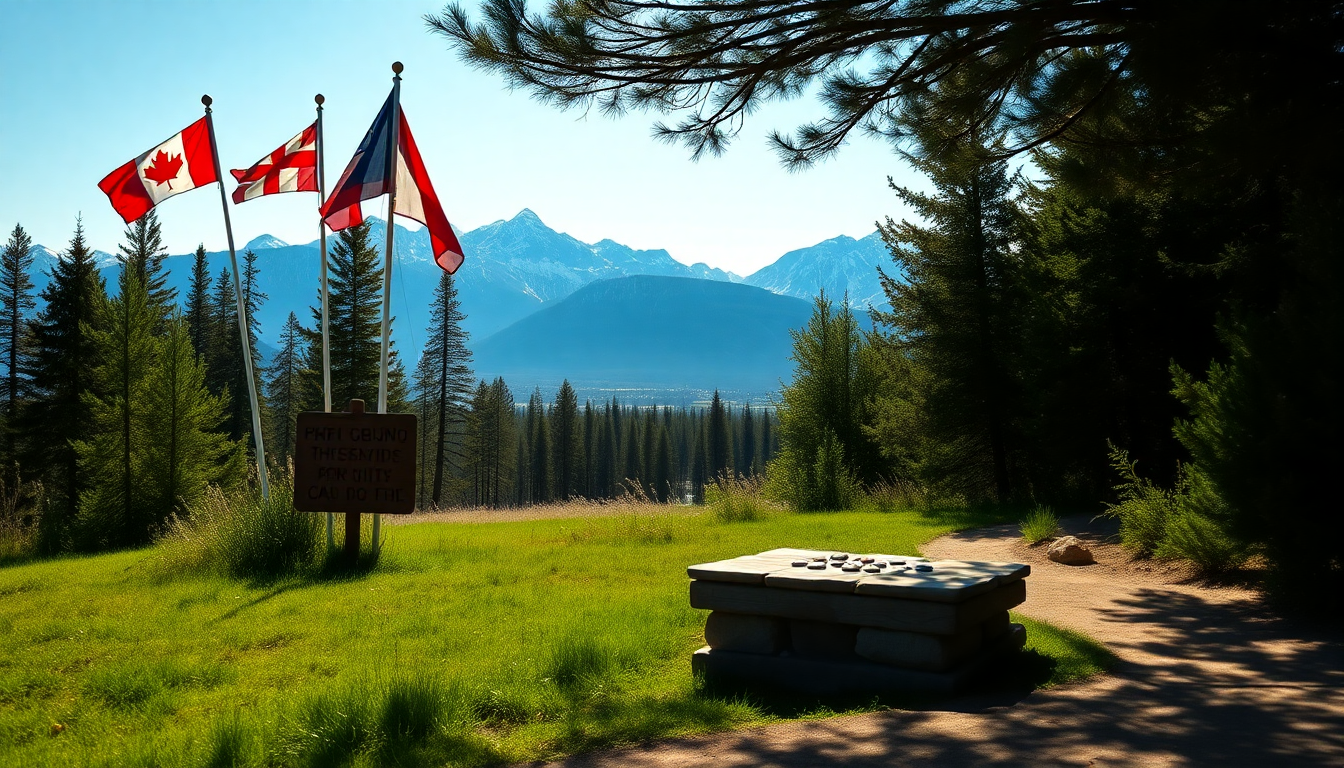Table of Contents
Recent polling data has shed light on the complexities of Canadian perspectives regarding Indigenous rights, revealing a nation that’s quite divided on key issues. A survey commissioned by the Angus Reid Institute shows that while a majority of Canadians acknowledge the unique status of Indigenous Peoples, a significant portion of the population believes in equal treatment.
This dichotomy prompts us to ask: what does the future hold for Indigenous relations in Canada, especially in terms of funding for First Nations communities?
The Current Landscape of Indigenous Rights in Canada
The poll reveals that 55% of Canadians feel Indigenous Peoples have a distinct status within the country.
This perspective is echoed by an impressive 68% of Indigenous respondents, highlighting a strong internal agreement on the need for recognition. Yet, there’s a notable pushback, with 45% of Canadians asserting that Indigenous Peoples should not hold any special status and should be treated equally to all citizens.
This sentiment is particularly strong among Conservative voters, with about 68% supporting this view. But why is there such a divide in opinions?
Jon Roe, a research associate at the Angus Reid Institute, elaborates on these findings, pointing out a critical split in public opinion.
Many respondents were prompted to choose between two opposing statements regarding the inherent status of Indigenous Peoples, leading to a complex landscape of views. It seems Canada is grappling with its historical context while trying to navigate contemporary expectations.
Funding and Integration Opinions
As the survey delves into perceptions of government funding for First Nations, the responses reveal a split opinion. About 30% of Canadians believe the federal government is allocating too much money to these communities, while a nearly equal percentage (27%) argue that current funding levels aren’t enough.
Interestingly, 21% feel that existing funding is just right. This division highlights the ongoing debate about resource allocation and support for Indigenous communities. What does this mean for the future of these vital programs?
When asked about cultural integration, 45% of Canadians feel that Indigenous Peoples should assimilate more into mainstream society. However, a stronger majority (55%) advocates for the preservation and strengthening of Indigenous cultures and traditions. This clash of perspectives underscores the complexities of balancing integration with the richness of cultural heritage.
Future Considerations and Broader Implications
The issue of self-governance also surfaces in the poll, with 60% of Canadians preferring Indigenous Peoples to be governed by the same systems as other citizens, while 40% support greater independence and control over their affairs. This ongoing discussion about governance models reflects broader societal attitudes towards Indigenous autonomy and rights. What changes might lie ahead in this crucial area?
In response to the poll, Terry Teegee, Regional Chief of the British Columbia Assembly of First Nations, expressed disappointment in the findings, especially from a conservative viewpoint. He argues that such polls could reinforce harmful stereotypes and misconceptions about Indigenous Peoples, particularly in British Columbia, where pressing social issues like housing and addiction continue to affect First Nations communities.
Teegee emphasizes the need for better public understanding of Indigenous issues, advocating for educational initiatives that inform Canadians about the realities faced by First Nations. He warns that polls lacking context can misrepresent the challenges Indigenous communities encounter and ultimately hinder progress toward meaningful solutions. So, how can we bridge this gap in understanding?
Methodology and Reliability of the Poll
The Angus Reid Institute conducted the survey from July 24 to 29, 2025, with 2,508 Canadian adults participating. The sample was carefully weighted to ensure it accurately reflects the demographics of the Canadian population in terms of region, gender, age, household income, and education. It’s important to note that a probability sample of this size carries a margin of error of ±1.5 percentage points, adding a layer of reliability to the findings. Yet, the nuances of public opinion on Indigenous rights are critical to grasping the societal landscape as Canada continues to evolve. What insights can we draw from these findings to better our understanding and foster goodwill?





